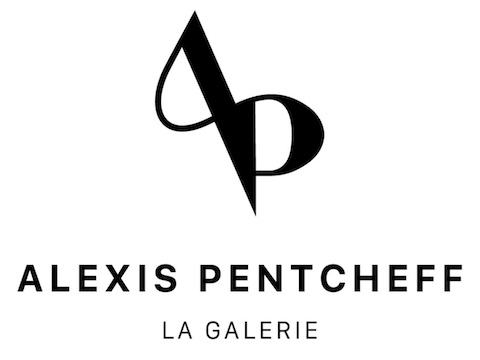Le Pho was born in 1907, in Hadong, near Hanoi. In 1915, the painter entered the Indochina School of Fine Arts and attended the first class of the establishment, the classes of Victor Tardieu and Joseph Inguimberty until 1930. He received an artistic education that introduced him to Western techniques of oil on canvas and to the Asian plastic tradition. Present at the 1931 Colonial Exhibition in Paris alongside Victor Tardieu, the Vietnamese painter made several trips to France, Belgium, the Netherlands and Italy during which he discovered Western painting, which would have a lasting impact on his artistic approach.
After a decisive trip to Beijing in 1934, his style, strongly influenced by the Chinese pictorial tradition, asserts itself. In 1937, strengthened by his international discoveries, the artist finally settled in Paris. This multicultural richness is intrinsically linked to the work of Le Pho who, seduced by the art of the Renaissance and the Primitives, produces a work marked by a great poetry, mixing Asian artistic tradition, plastic innovations and Western heritage. Divided into two key periods, the production of Le Pho is characterized in a first time by numerous works on silk and a great control of the elements of the composition which translates a deep anchoring in the Asian culture. The female silhouette is a recurring theme in his works, whose delicate treatment of faces, supple gestures and palette of a singular softness recall the artist's Western references, particularly Italian painting.
Through his Parisian encounters and more particularly through his contact with the works of Pierre Bonnard and Pierre Puvis de Chavannes, Le Pho adopted the Western technique of oil on canvas in 1945 and developed a more "modern" style characterized by a short brushstroke and an unprecedented liveliness of tones, directly borrowed from French movements such as Impressionism. Le Pho died in Paris on December 12, 2001.

BRAFA 2018
27 January 2018 - 4 February 2018
